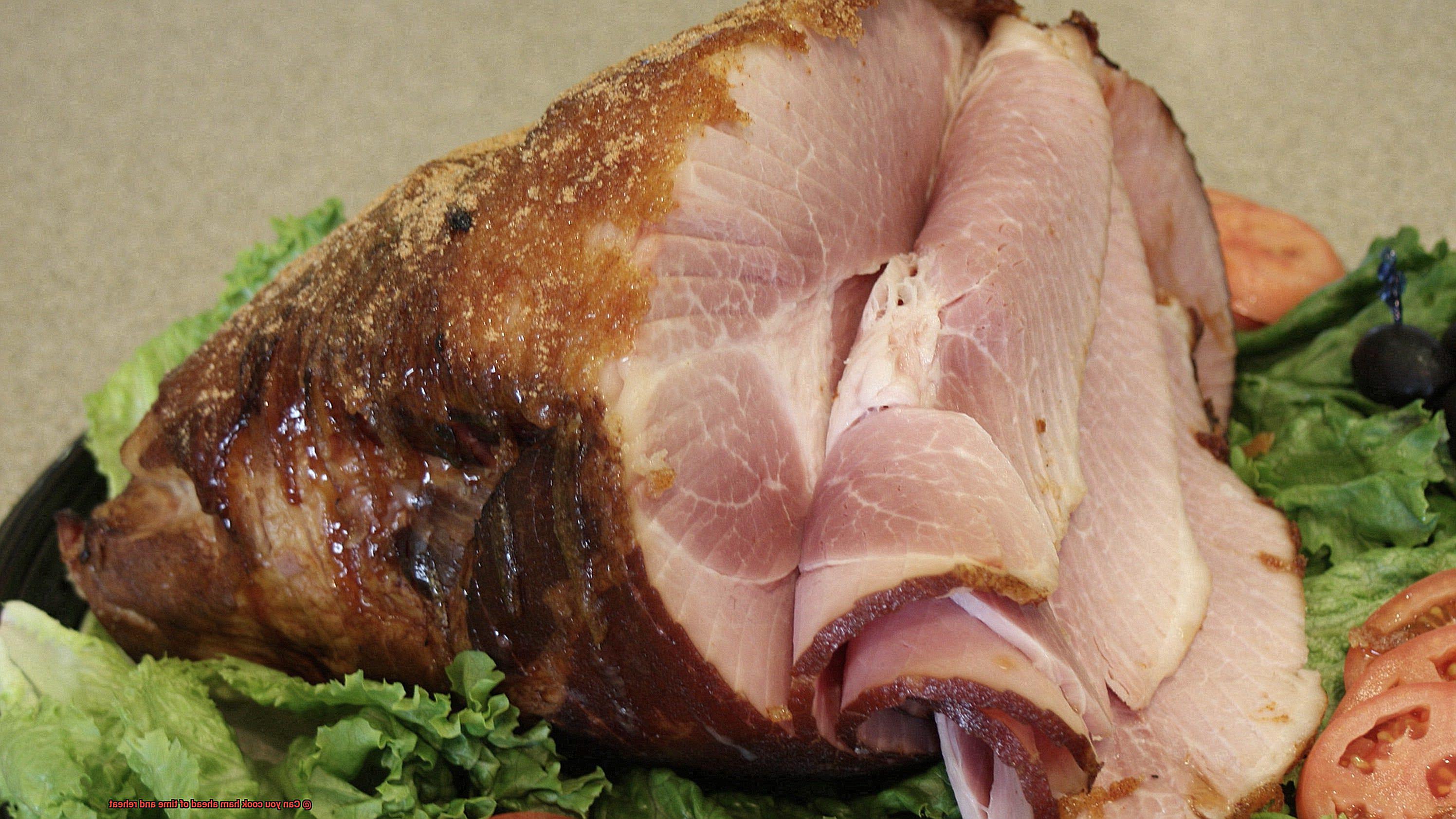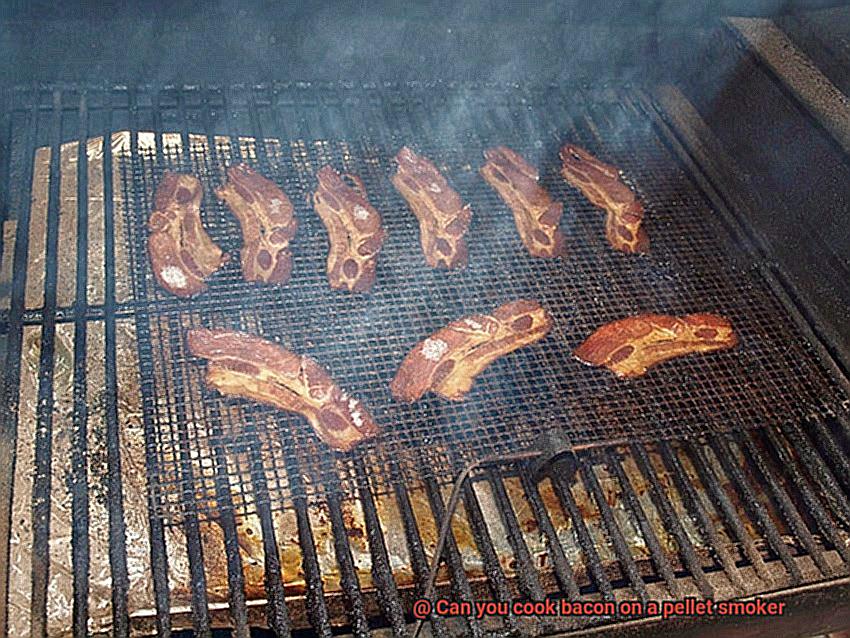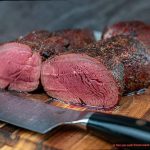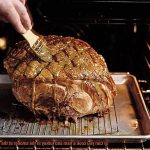The holiday season is upon us, and with it comes the promise of delicious feasts. Ham is a staple at any gathering, but what if you’re hosting the party? The last thing you want to do on the big day is spend hours in the kitchen cooking your ham. So, can you cook ham ahead of time and reheat it? Yes, you absolutely can.
But before you start reheating that ham, there are a few things to keep in mind. Not all hams are created equal. The type of ham and how it’s prepared can make or break your reheated dish. Plus, the method you use to reheat your ham matters too – whether it’s an oven, stovetop, or microwave.
Don’t worry. We’ve got your back with this post. We’ll dive into everything you need to know about cooking ham ahead of time and reheating it without sacrificing flavor or texture. From tips on keeping your ham juicy and tender to dos and don’ts for each reheating method – we’ve got all the information you need to impress your guests with that perfectly reheated ham. So sit tight, grab a pen and paper, and get ready to become a reheating pro.
Contents
Types of Ham that Can Be Cooked Ahead of Time and Reheated
When it comes to cooking ham ahead of time and reheating it, not all types of ham are created equal. To make sure your holiday dinner is a success, it’s important to choose the right type of ham that will hold up well during the cooking and reheating process. Here are five types of ham that can be cooked ahead of time and reheated successfully.
Spiral-Cut Ham
This type of ham is perfect for cooking ahead of time because it is pre-cooked, sliced, and ready to serve. The slices are already separated, making it easy to reheat just the amount you need. To reheat, wrap the ham in foil and bake in the oven at 325°F until heated through. The result is a juicy, flavorful ham that is sure to please your guests.
Boneless Ham
Another popular choice for pre-cooking and reheating is boneless ham. This type of ham can be cooked ahead of time and reheated with great results. To reheat, wrap it in foil and bake in the oven at 325°F until heated through. The boneless ham is easy to carve and has a tender texture that makes it a crowd-pleaser.
Country-Style Ham
This type of ham is a bit saltier than other types and requires a longer cooking time. While it can be cooked ahead of time and reheated, it is important to keep it moist by basting it with its own juices or adding a little bit of water to the pan when reheating. Despite its longer cooking time, the country-style ham has a rich flavor that is well worth the wait.
Canned Ham
Canned hams are fully cooked and can be reheated with ease. Simply remove the ham from the can, wrap it in foil, and bake in the oven at 325°F until heated through. This type of ham is convenient and easy to prepare, making it a great option for busy holiday meals.
Smoked Ham
Smoked ham is another type of ham that can be cooked ahead of time and reheated successfully. To reheat a smoked ham, wrap it in foil and bake in the oven at 325°F until heated through. The smoky flavor of the ham is enhanced by the reheating process, making it even more delicious than before.
In conclusion, cooking ham ahead of time and reheating it can be a real time-saver during the holidays. By choosing the right type of ham and following proper food safety guidelines, you can serve a delicious and stress-free meal to your guests.
Storage Methods for Pre-Cooked Ham
As a ham aficionado, I understand the importance of proper storage methods for pre-cooked ham. Whether you’re cooking ahead of time for a special occasion or just want to have some on hand for easy meals, knowing how to store it correctly is essential. Here are some tips to help you keep your pre-cooked ham fresh and delicious:
Refrigeration is a classic storage method for pre-cooked ham. After cooking, let the ham cool down to room temperature before tightly wrapping it with plastic wrap or aluminum foil. Alternatively, place it in an airtight container and store it in the fridge at a temperature between 35°F and 40°F. With proper refrigeration, pre-cooked ham can last up to five days.
Freezing is an excellent option if you plan to store your pre-cooked ham for longer periods. To freeze, wrap the ham tightly with plastic wrap or aluminum foil and label the package with the date and contents. Frozen pre-cooked ham can last up to six months, but make sure to thaw it thoroughly in the fridge before reheating.
Vacuum-sealing is another storage method that can extend the shelf life of pre-cooked ham. By using a vacuum-sealer machine to remove all air from the packaging, freezer burn and bacterial growth can be avoided. Vacuum-sealed pre-cooked ham can last up to two weeks in the refrigerator and up to six months in the freezer.
When reheating pre-cooked ham, it’s crucial to heat it to an internal temperature of 140°F for food safety. Additionally, if you see any visible mold, slice it off and discard it before reheating.
Reheating a Fully Cooked Ham in the Oven
A fully cooked ham is a great option for feeding a crowd, but reheating it properly can be a bit of a challenge. Luckily, reheating a fully cooked ham in the oven is an easy and effective method that ensures the ham is heated evenly, preserving its flavor and texture.
To start, preheat your oven to 325°F while you prepare the ham. Place the fully cooked ham in an oven-safe dish and pour a small amount of liquid, such as water or broth, into the dish to help keep the ham moist as it reheats. This simple step will ensure that your ham remains juicy and mouth-wateringly delicious.
Next, cover the ham with foil and place it in the preheated oven. The cooking time will depend on the weight of your ham, but a general guideline is to cook it for 10-15 minutes per pound. Use a meat thermometer to check that the internal temperature has reached 140°F in multiple places to make sure your ham is thoroughly heated through.
Once the ham has been reheated, remove it from the oven and let it rest for a few minutes before slicing and serving. This will allow the juices to settle in the meat, making it even more succulent and flavorful.
It’s important to note that proper food safety guidelines should always be followed when reheating fully cooked ham. Store any leftover ham in the refrigerator within two hours of cooking and reheat to an internal temperature of 165°F before consuming.
Reheating a Fully Cooked Ham in a Slow Cooker
Reheating a fully cooked ham in a slow cooker is a convenient and easy way to prepare a succulent and juicy meal.
But before you start, it’s important to check the label or packaging of your ham to make sure that it is safe to reheat in a slow cooker. Some hams may have specific instructions on how to reheat them, so be sure to follow those carefully.
Once you’ve confirmed that your ham is ready for the slow cooker, it’s time to add some extra flavor. Herbs, spices, brown sugar, honey, and apple juice are just a few options to enhance the taste of your ham. Plus, adding a small amount of liquid to the slow cooker will prevent the ham from drying out and keep it moist and tender.
Set your slow cooker on low heat and let the ham cook for several hours until it reaches an internal temperature of 140°F. And don’t forget to use a meat thermometer to ensure that it has reached the appropriate temperature before serving.
Once the ham is fully reheated, remove it from the slow cooker and let it rest for a few minutes before slicing. The leftover juices in the slow cooker can be used as a flavorful sauce for your ham.
Safety Precautions When Reheating Ham
Ham is a popular meat that is often served during special occasions such as holidays or family gatherings, and it’s not uncommon to have leftovers. But when it comes to reheating ham, safety should always be a top priority. As an expert on the matter, I have some essential safety precautions that you should take when reheating ham.
Proper storage is key to reheating ham safely. After cooking your ham, refrigerate it within two hours and store it in an airtight container. It’s recommended to consume leftover ham within three to four days, any longer than that can increase the risk of foodborne illness.
Temperature is another crucial factor when reheating ham. The USDA recommends reheating all leftover meats, including ham, to an internal temperature of 165°F (73.9°C) before consumption. This ensures that any harmful bacteria that may have grown on the meat during storage are killed off.
When reheating ham, it’s best to avoid using slow cookers or warming trays. These appliances may not heat the meat evenly or quickly enough, which can lead to bacterial growth. It’s safer to use an oven or stovetop for even and consistent heat.
Lastly, avoid reheating ham more than once. Each time you reheat the meat, its quality and safety can decrease. If you have leftovers that you won’t be able to consume within a few days, consider freezing them instead of reheating multiple times.
Benefits of Pre-Cooking and Reheating Ham
It’s a perfect solution for anyone looking to save time, money, and effort on meal-prep. Here are some of the benefits that come with pre-cooking and reheating ham:
Take Control of the Cooking Process

One of the most significant benefits of pre-cooking and reheating ham is that it gives you total control over the cooking process. When pre-cooking your ham, you can choose your preferred cooking method, adjust the cooking time and temperature to your liking, and ensure that your ham is fully cooked. Say goodbye to overcooked or undercooked meat and hello to perfectly cooked ham every time.
Prepare Ahead of Time
Another great advantage of pre-cooking and reheating ham is that it allows you to prepare ahead of time. Pre-cooking your ham a day or two before an event means you can focus on other tasks on the day of the event, like decorating or greeting guests. Reheating your pre-cooked ham is quick and easy, so you can spend more time socializing and enjoying the festivities.
Save Money
Pre-cooking and reheating ham can also be a fantastic way to save money. Buying a pre-cooked ham from the grocery store can be expensive, but purchasing a raw ham and cooking it yourself can be much more cost-effective. Additionally, re-purposing leftover ham by pre-cooking and reheating it for future meals is an excellent way to reduce food waste.
Delicious Flavor
Perhaps the best benefit of all is that pre-cooked and reheated ham tastes just as juicy and flavorful as freshly cooked ham. With proper preparation and cooking techniques, you won’t even be able to tell the difference between fresh and reheated ham.
Tips for Perfectly Cooked and Tasty Ham
Cooking ham ahead of time and reheating it can be a lifesaver when preparing for a big meal. However, it’s crucial to ensure that the ham stays moist and tasty when reheated. Here are some tips for perfectly cooked and delicious ham:
Choose the right cut of ham
To achieve tender and juicy meat, opt for a bone-in or spiral-cut ham. These cuts have more flavor and moisture than boneless ones.
Reheat at a low temperature
Avoid overcooking your ham by reheating it at a low temperature for an extended time. This will help maintain its moisture and flavor, resulting in perfectly cooked ham.
Add a glaze or sauce
A glaze or sauce can enhance the taste and texture of your reheated ham. Experiment with sweet and tangy flavors like honey, mustard, and brown sugar or savory flavors like rosemary, thyme, and garlic.
Rest the ham before serving
To allow the juices to redistribute throughout the meat, let your reheated ham rest for a few minutes before slicing and serving. This will result in more tender and succulent meat.
Follow proper storage and reheating methods
Store your ham correctly in the refrigerator or freezer, and only reheat it once to reduce the risk of foodborne illness.
0bOUPGGl8zs” >
Conclusion
In conclusion, cooking ham ahead of time and reheating it is a smart way to save time and effort during the hectic holiday season. However, it’s crucial to select the appropriate type of ham and adhere to proper food safety guidelines when storing and reheating it. Whether you prefer spiral-cut ham, boneless ham, country-style ham, canned ham, or smoked ham, all of these varieties can be successfully cooked ahead of time and reheated for maximum convenience.
To ensure that your fully cooked ham stays moist when reheated in the oven or slow cooker, adding liquid is essential. Additionally, leftover ham should be reheated to an internal temperature of 165°F for safety reasons. Pre-cooking and reheating your ham offers numerous benefits such as taking control of the cooking process, preparing ahead of time, saving money, and enjoying delicious flavor.
If you want your pre-cooked and reheated ham to remain juicy and flavorful, there are several things you can do. First off, choose the right cut of meat. Secondly, reheat at a low temperature for a longer period while adding a glaze or sauce for extra flavor. Thirdly, let it rest before serving. Lastly but most importantly follow proper storage and reheating methods.






